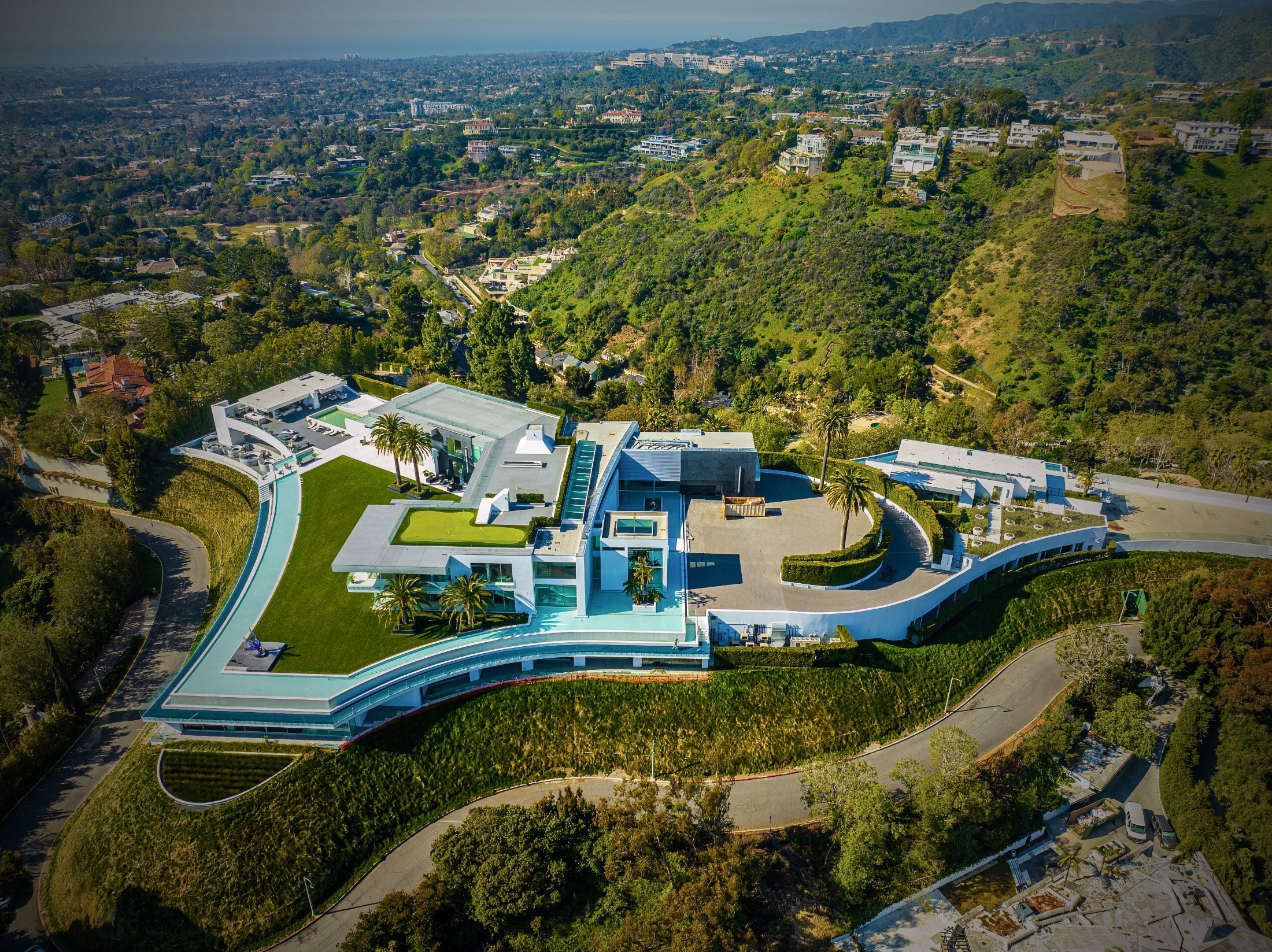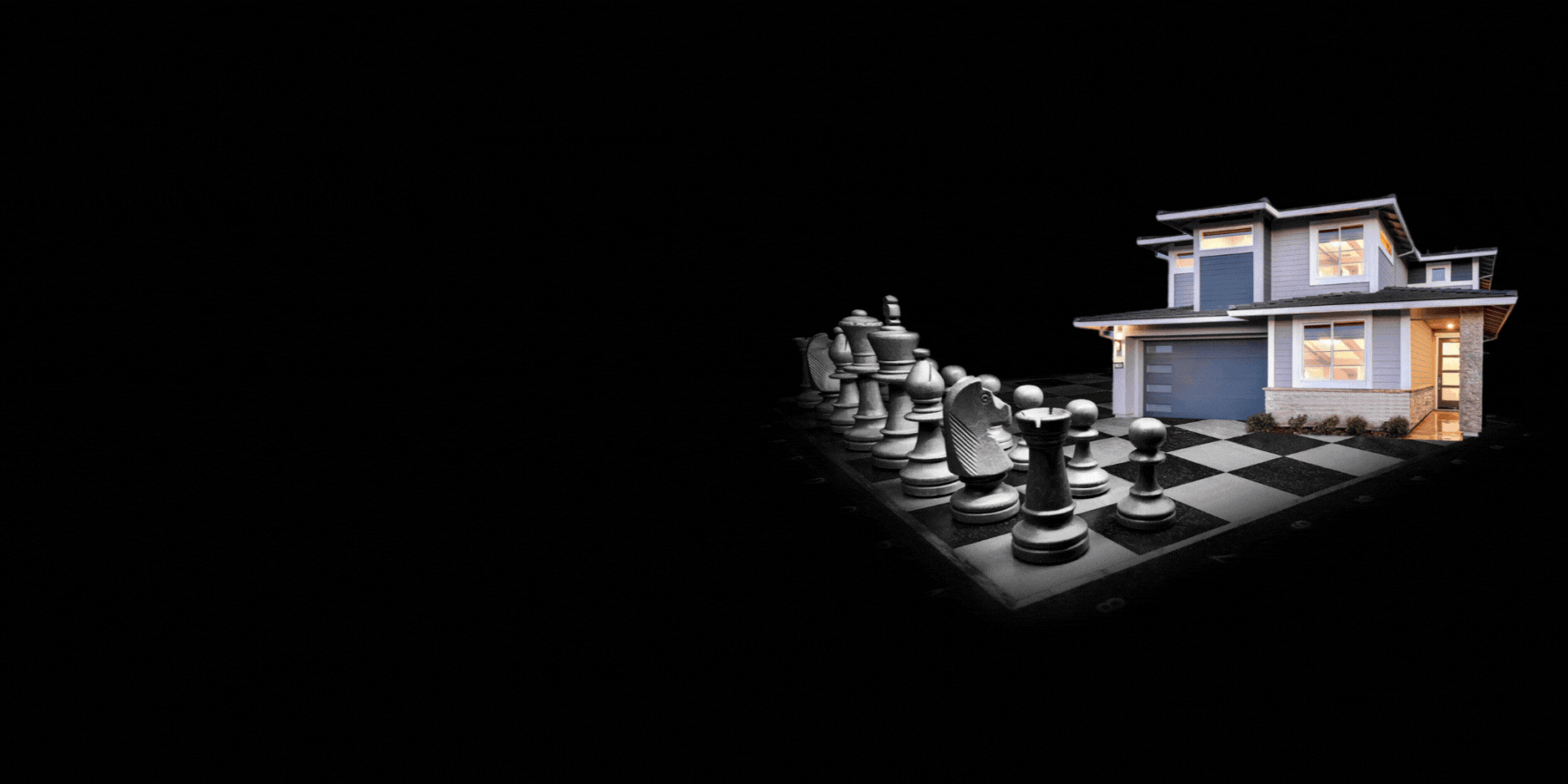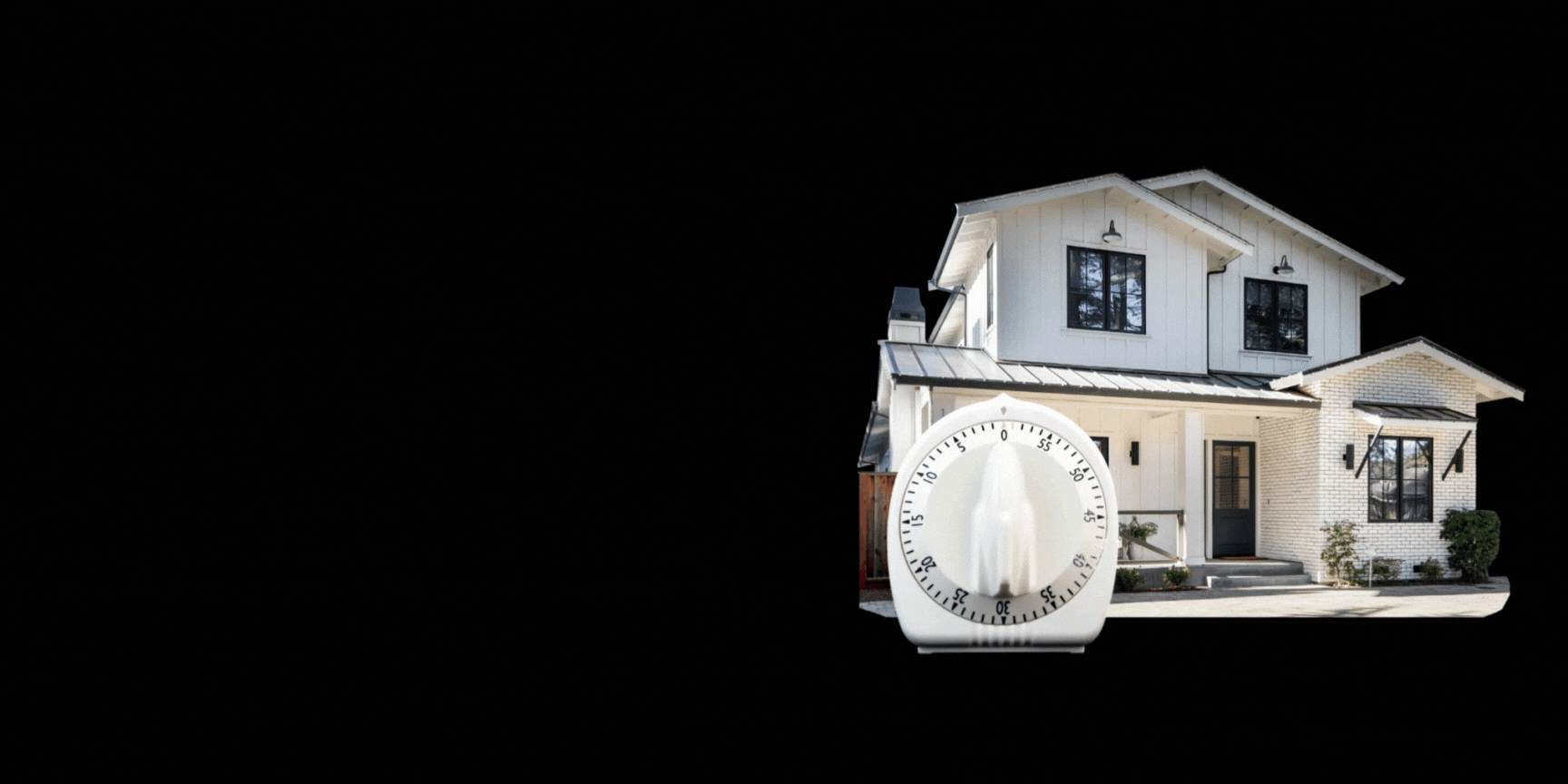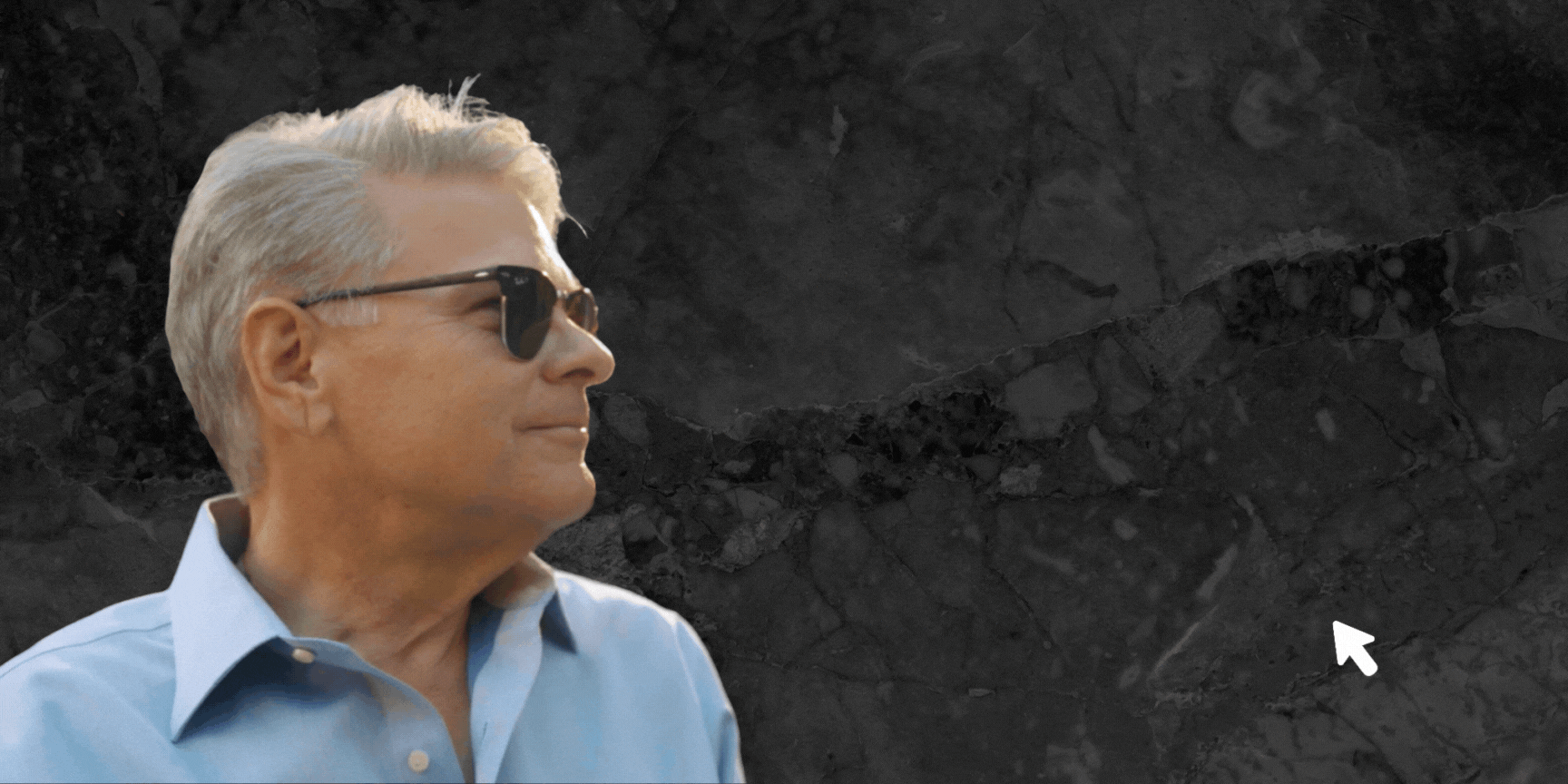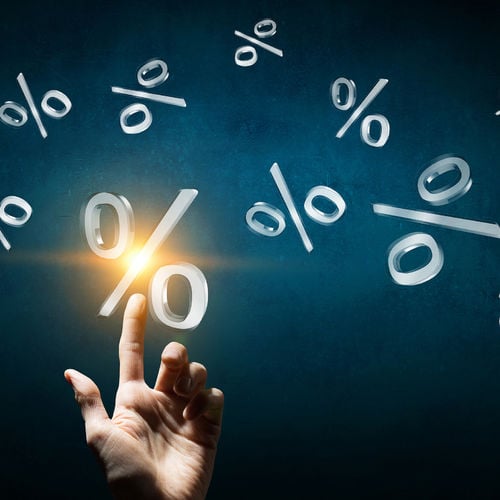When it comes to Silicon Valley real estate, bigger is not always better. Many homeowners assume that increasing the size of their house, owning a bigger lot, or investing in high-end customizations will always mean they’ll get a lot more money for homes that are less well-endowed. However, the law of diminishing returns proves otherwise. At a certain point, additional square footage, custom features, and luxury materials just don’t provide a proportional increase in value. Instead, these over-improvements can in some cases make a property harder to sell, limit the buyer pool, or reduce the home’s marketability to the point where the sale price fails to match anything close to expectations.
Understanding how diminishing returns apply to different aspects of real estate—lot size, home size, over-improvements, customization, quality of materials, and overall market resistance to paying for outsize improvements—is crucial for homeowners looking to make smart investment decisions. Whether you’re building a home, renovating, or preparing to sell, knowing where to stop spending is just as important as knowing where to invest.
What the Economists and Appraisers Says about Diminishing Returns in Real Estate
The law of diminishing returns is a fundamental economic principle stating that adding more of one factor of production, while keeping others constant, will eventually yield lower per-unit returns. In real estate valuation, this concept is recognized in appraisal practices, particularly through the principle of increasing and decreasing returns. This principle posits that property improvements will enhance value up to a certain point, beyond which additional investments may not proportionally increase property worth and could even lead to over-improvement.
Appraisal standards, such as those outlined in The Appraisal of Real Estate, incorporate this principle by advising appraisers to consider the optimal combination of land and improvements. This ensures that additions contribute positively to value without surpassing the point where returns diminish. And while appraised value has little to do with what a home will sell for, the fact that that appraisers account for diminishing returns in their approach to valuation provides ample evidence as an economic principle at work in Silicon Valley home prices.
Lot Size: When Bigger Lots Stop Adding Value
A common misconception in real estate is that bigger is always better when it comes to lot size. While a larger lot can add value, there is a point where the additional land contributes little or no meaningful increase to the home’s price. The key reason for this is the concept of surplus or excess land —land that extends beyond what is necessary for the home’s function and is not readily usable or developable.
As you move deeper into a lot, the land generally becomes less valuable because the front portion has the most visibility, accessibility, and functional utility. The front of the lot is typically where the home sits, making it the most important for curb appeal, first impressions, and overall resale value. This is also where driveways, garages, and primary access points are located, meaning it contributes the most to usability. In contrast, the rear portion of a lot is often underutilized, serving as a backyard or open space that, while desirable, does not add nearly as much value as the front. Large rear sections can also be difficult to develop due to zoning setbacks, utility placement, or lack of access.
Typically, the front 30% of a residential lot accounts for 50-70% of the total land value, while the rear 30% may contribute as little as 10-20%, particularly if it is inaccessible, steep, or subject to development restrictions. However, exceptions exist—if the rear portion qualifies for an SB-9 lot split, has unique features like views or private access to open space, or is zoned for additional development, its value can increase. Even then, the added worth is often lower than expected due to the complexity, cost, and time required for lot splits or new construction. This is why deeper lots do not always translate to proportionally higher property values, and why wider lots tend to be more desirable.
Topography also plays a significant role. A steep, sloped lot may add square footage on paper but often provides little actual utility. If the land is too steep to build on, landscape, or use for recreation, it contributes little to the home’s market value.
Ultimately, lot size matters, but only to the extent that it provides usable, functional land. Beyond that, additional square footage often yields diminishing returns in resale value.
House Size: The Point Where Bigger No Longer Means More Valuable
The same principle applies to the size of the house itself. In most real estate markets, homes are valued based on comps—comparable sales in the same neighborhood. If the majority of homes in an area are between 3,000 and 4,000 square feet, a 7,000-square-foot home will be difficult to price and even harder to sell.
While extra space can be a selling point, there’s a limit to how much buyers are willing to pay for it. Beyond a certain size, additional square footage becomes more of a liability than an asset. Larger homes cost more to heat, cool, furnish, and maintain. They often come with higher property taxes, insurance costs, and utility bills, making them less attractive to many buyers.
A famous example of this is Michael Jordan’s Highland Park, Illinois mansion. Originally listed at $29 million, the 26,500-square-foot estate sat on the market for over a decade, ultimately selling for just $9.5 million—less than a third of its initial asking price. One of the biggest challenges in selling the home was its sheer size. With most luxury buyers looking for properties between 8,000 and 15,000 square feet, Jordan’s estate far exceeded what most people considered practical, limiting the number of potential buyers.
Over-Improvement: When Renovations Go Too Far
Many homeowners believe that putting more money into a home automatically increases its resale value. While renovations can certainly boost market appeal, there’s a limit to how much return you can get on an investment.
If a home is significantly more upgraded than other houses in the neighborhood, it becomes an outlier. Buyers looking in that area are expecting a certain price range, and if a house is priced too far above the norm, it will typically struggle to attract offers. For example, a $200,000 kitchen renovation in a neighborhood where homes sell for $500,000 isn’t likely to yield anything close to a positive return on investment. Buyers shopping for a home in that neighborhood would, I’m sure, appreciate the upgrades, but they won’t pay a premium for them because they’re not looking for – and often cannot afford to for – that level of quality.
Many high-end upgrades fail to retain value because of the high maintenance they require, or the fact that they quickly go out of date, out of style, or become obsolete (if they are not already). For example, ultra-high-end smart home automation systems can be a turnoff if they are too complex, as buyers may prefer a simpler, user-friendly setup. Built-in AV systems and cutting-edge tech features quickly become outdated, meaning they often add little long-term value. Meanwhile, spa and wellness features like cold plunge pools, infrared saunas, and massage rooms may feel indulgent, but most buyers would rather have a flexible-use space than a dedicated wellness room they may never use.
Elaborate water features like fountains or koi ponds can be beautiful, but they often deter buyers who see them as costly and time-consuming to maintain. Similarly, tennis courts are expensive to install and appeal to a limited pool of buyers, making them a poor investment for resale. Overly landscaped gardens with intricate designs may look stunning but can be overwhelming for those who prefer a low-maintenance yard. Buyers tend to favor well-designed but manageable outdoor spaces rather than elaborate setups that demand constant upkeep.
Customization: Unique Doesn’t Always Mean Valuable
Customization is another area where the law of diminishing returns applies. What seems like a fantastic personal touch to a homeowner may not be appealing—or even useful—to a buyer. Highly personalized features can actually reduce a home’s value because they limit the number of potential buyers.
Take, for example, custom murals, themed rooms, or an indoor basketball court. While these features may be meaningful to the current owner, they can be seen as liabilities to buyers who would need to modify or remove them. Even high-end estates struggle with this issue. Buyers don’t want to spend extra money on a home just to undo customizations. The more unique a feature, the harder it is to find a buyer who sees value in it. That’s why, when upgrading a home, it’s often best to stick to neutral, broadly appealing improvements rather than highly personal designs.
The case of Michael Jordan’s estate, again, provides a cautionary tale. Part of the reason Jordan’s house took twelve years to sell and sold for only a fraction of the list price is that it was loaded with features that Michael Jordan evidently enjoyed, but which had limited marketability and value, such as:
- The indoor basketball court is full-sized and features the iconic Jumpman logo.
- A cigar lounge and an extensive wine cellar create a refined retreat.
- The swimming pool is shaped like a basketball, a very unusual design
- There’s a professionally designed par-3 golf hole for personal play.
- A private lake, fully stocked with fish.
- NBA-level training facilities make the home gym top-tier.
- A dedicated golf training area enhances the experience for golf enthusiasts.
- The massive entry gate, boldly displaying “23,” Jordan’s jersey number
Clearly Michael Jordan’s home is high-end, extraordinary and unique, the market for a home like this in Illinois is much smaller than for a similar home in, say, Los Angeles or Miami – and even in those higher-priced areas, these features would be a tough sale and not add a tremendous amount of value to the property.
Video Tour of Overly Customized House in Silicon Valley that Didn’t Sell
When thinking of overly-customized homes, I am reminded of a home in Silicon Valley that was for sale in 2023 and 2024. It was listed for multiple-millions of dollars, and I am sure that the owner felt that it was worth (almost) every penny. Surely the home was lavishly upgraded with expensive and high-quality materials – to the extent that I am sure many buyers felt it was overwrought and would require many hundreds of thousands of dollars in ripping out and replacing it. Take a look at this video and you’ll see what I mean. While this is obviously an over-the-top example, many home suffer from this to a lesser degree.
Quality of Materials: Luxury Finishes Don’t Always Mean Higher Value
High-end finishes can add a sense of opulence to a home, but many do not translate into higher resale value because they are too personal, difficult to maintain, or simply unnecessary for most buyers. Exotic stonework, such as rare marbles like Calacatta Borghini or Azul Macaubas, can be stunning but requires high maintenance and doesn’t always justify its cost compared to more practical options like quartz or Carrara marble. Onyx slabs and semi-precious stone surfaces like malachite or lapis lazuli are visually striking but appeal to a niche audience and rarely provide a strong return on investment. Similarly, intricate woodwork, such as hand-carved ceilings, ebony or zebrawood flooring, and elaborate parquet patterns, can feel overly ornate or specific, making it harder for buyers to see themselves in the home.
Luxury metals and handcrafted details, while undeniably beautiful, often fail to add significant resale value. Gold leaf detailing, for example, may evoke a sense of grandeur but can feel excessive and outdated to many buyers. Copper or bronze countertops develop a patina over time, which some appreciate but others see as a flaw requiring frequent maintenance. Hand-painted tiles, Venetian plaster walls, and mother-of-pearl inlays are elegant but can limit a home’s design flexibility, forcing potential buyers to consider costly renovations. Likewise, extravagant flooring choices like mirrored floors, pebble stone showers, or leather wall coverings may create a dramatic effect but are often impractical and high-maintenance. Ultimately, buyers prioritize timeless, functional, and easy-to-maintain materials over ultra-custom, high-maintenance luxury finishes. High-end homes hold their value best when their elegance is subtle and adaptable rather than overly specific or ostentatious.
Market Resistance to Size and Over-Improvement
The ultimate factor in determining how much value a home’s size, features, and materials add is market resistance. Buyers have price ceilings based on their budget, location, and lifestyle needs. If a property exceeds what most buyers are willing to pay for a home in that market, it will sit on the market until the price is reduced to align with demand.
Michael Jordan’s estate is a textbook case of market resistance. While a 56,000-square-foot home might make sense in Beverly Hills or Miami Beach—where ultra-luxury buyers expect excess—it was far too large for Highland Park, Illinois, where high-end homes typically cap out around 10,000 square feet. The market simply wasn’t there for a house of that scale in that location, and as a result, it had to be significantly discounted before a buyer was found.
Final Thoughts: Smarter Spending for Better Returns
The law of diminishing returns in real estate is a reality that homeowners and investors must consider. Bigger homes, larger lots, high-end finishes, and custom features can certainly add value, but only to a point. Beyond that point, the market determines what a property is worth—not the amount of money put into it.
The smartest approach to real estate investments is to focus on improvements that align with market expectations. Expanding a home within the typical size range for a neighborhood, making functional rather than highly personal upgrades, and ensuring that any custom features add broad appeal will always yield the best return. Ultimately, it’s not about how much is spent—it’s about how much buyers are actually willing to pay.
Beautiful Homes for Sale in Los Gatos
2
3
4
5
6
7
8
9
10
11
12
13
14
15
16
17
18
19
20
21
22
23
24
25
